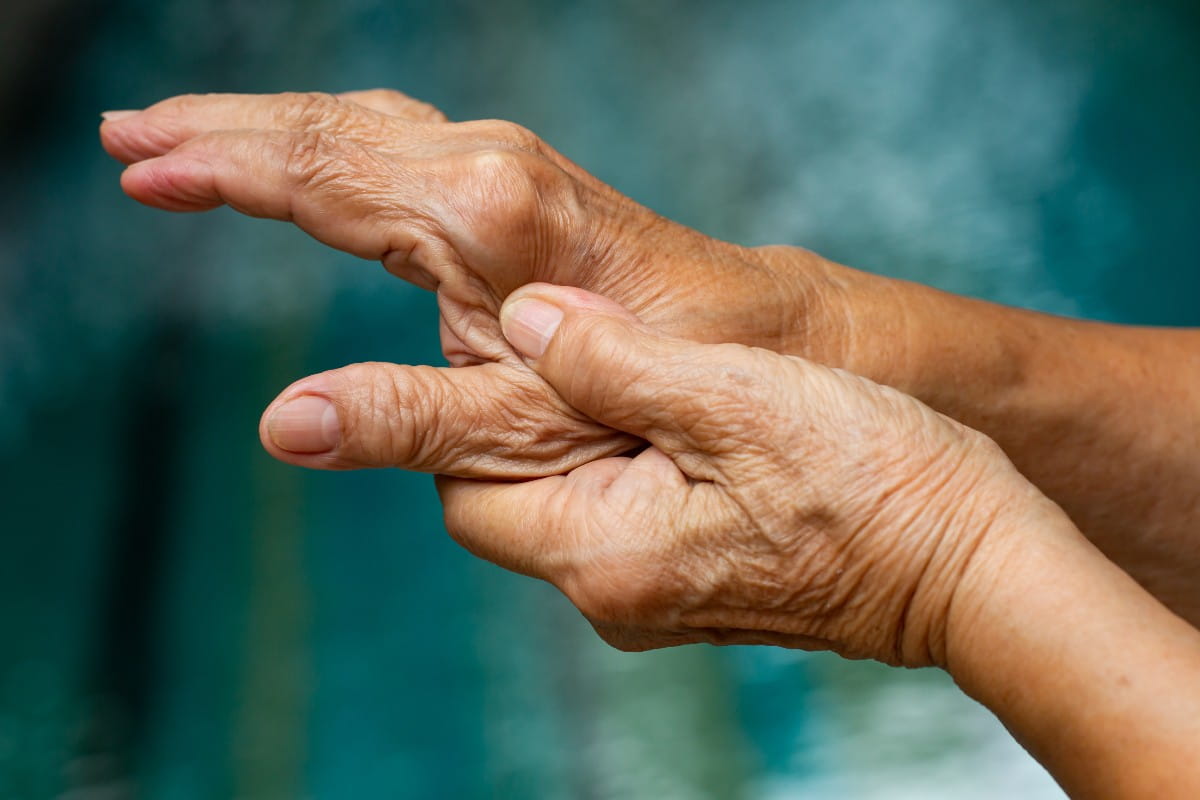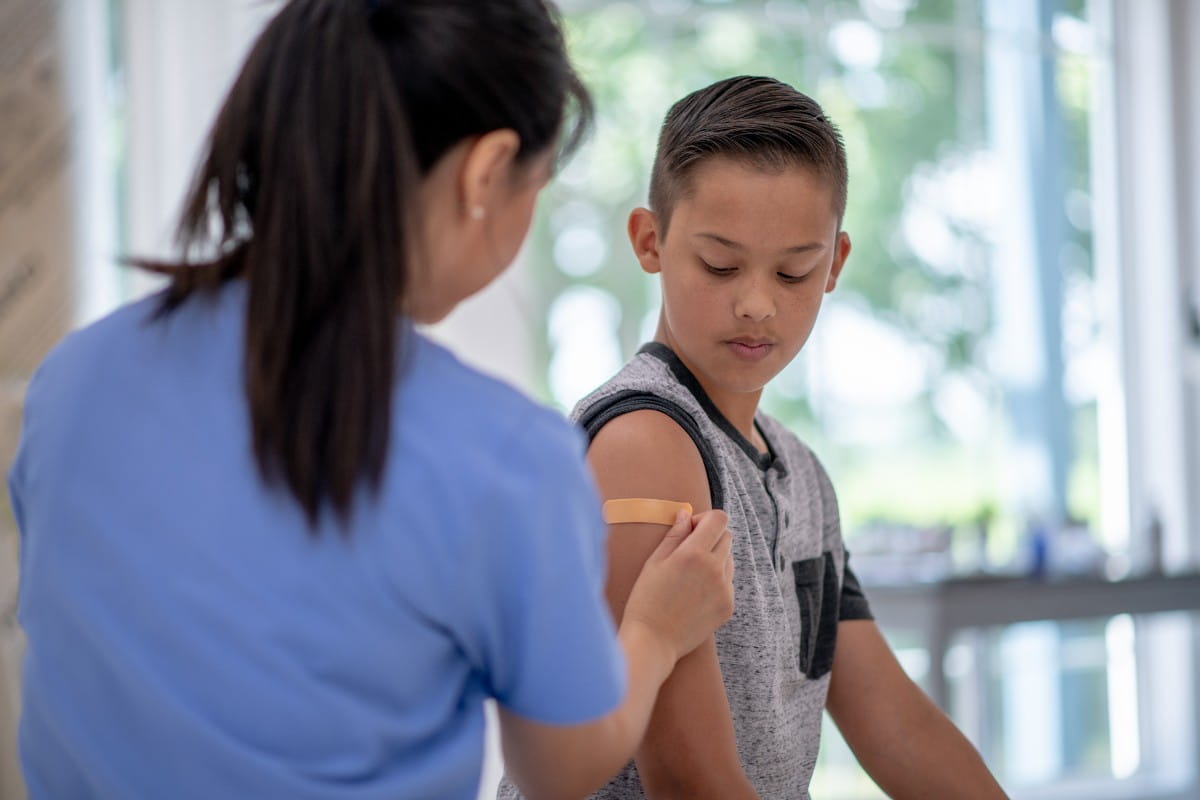Every woman has heard the dreaded cliché about her biological clock ticking. And while it’s true that it’s easier to get pregnant in your 20s, that doesn’t mean it’s not possible to have a baby in your 30s or 40s.
In fact, there’s actually been a slight increase in birth rates for mothers ages 35-40 and 40-44 – 1 percent and 2 percent respectively – in the U.S. in recent years. Meanwhile, birth rates for younger demographics continue to decline, according to the CDC’s National Center for Health Statistics. It’s a clear sign that many women are waiting later to grow their families.
How age affects fertility
While it’s certainly possible to have a baby past age 34, it can be more challenging.
As women age, their chances of getting pregnant decline significantly. Women reach peak fertility by their late teens and twenties. By age 30, fertility starts to decrease – and the decline becomes more rapid as you approach 35 and beyond.
Fertility statistics suggest that for healthy women in their 20s and early 30s, the likelihood of getting pregnant during any single menstrual cycle is around 1 in 4. According to The American College of Obstetricians and Gynecologists, by the time a woman reaches age 40, those probabilities drop to around 1 in 10.
Why age affects fertility
The drop in fertility stems from the fact that women are born with a finite number of eggs in their ovaries, and those numbers decrease as they get older. Additionally, as women age, they’re more likely to develop conditions that can adversely affect fertility, such as uterine fibroids or endometriosis.
“Fertility rates begin declining significantly once women reach their mid-30s. If you’re thinking about becoming pregnant past age 34 and you’ve tried unsuccessfully for six months or more, you may want to discuss fertility treatment options with your health care provider,” says Stacy Slat, M.D., obstetrician and gynecologist.
Health risks of later childbearing
“Advanced maternal age” – the term given to pregnancies in which the mother is 35 or older at the time of the baby’s birth – brings with it a greater risk for pregnancy complications.
Older mothers face greater risk that their baby may be born with certain chromosomal birth defects, such as Down syndrome. According to the March of Dimes, while the risk of having a baby with Down syndrome is only 1 in 1,340 births when the mother is in her 20s, by the time she reaches 35 it is 1 in 353. At age 40, the risk is 1 in 85.
Women who have a baby in their late 30s and early 40s also have a greater risk of experiencing complications during pregnancy or labor and delivery, including:
- Gestational diabetes
- High blood pressure
- Preeclampsia
- Miscarriage
- Stillbirth
- Multiple pregnancy (i.e., twins)
- Requiring a C-section for delivery
Prenatal Testing
Because of the increased risks for labor and delivery complications and for certain birth defects, women 35 or older who are pregnant or who plan to become pregnant may wish to discuss prenatal testing options with their health care provider.
“Simple prenatal screening tests – including a maternal blood screen – can help assess the risk that a baby may be born with a genetic disorder or other birth defect,” says Slat. “Depending on the results of the initial screen, other more extensive tests – such as an amniocentesis or chorionic villus sampling – might be necessary.”
Staying healthy
Because of their greater risk for complications, women who become pregnant after age 34 may be monitored more closely by their health care providers throughout their pregnancy. And, like all moms-to-be, they should take steps to help ensure a safe and healthy delivery, including:
- Quitting smoking and avoiding alcohol and other drugs
- Taking a multivitamin with folic acid
- Staying hydrated and choosing healthy foods
- Getting moderate daily exercise
Our team at Riverside Partners in Women’s Health looks forward to helping you welcome your new addition. Locate a provider.



